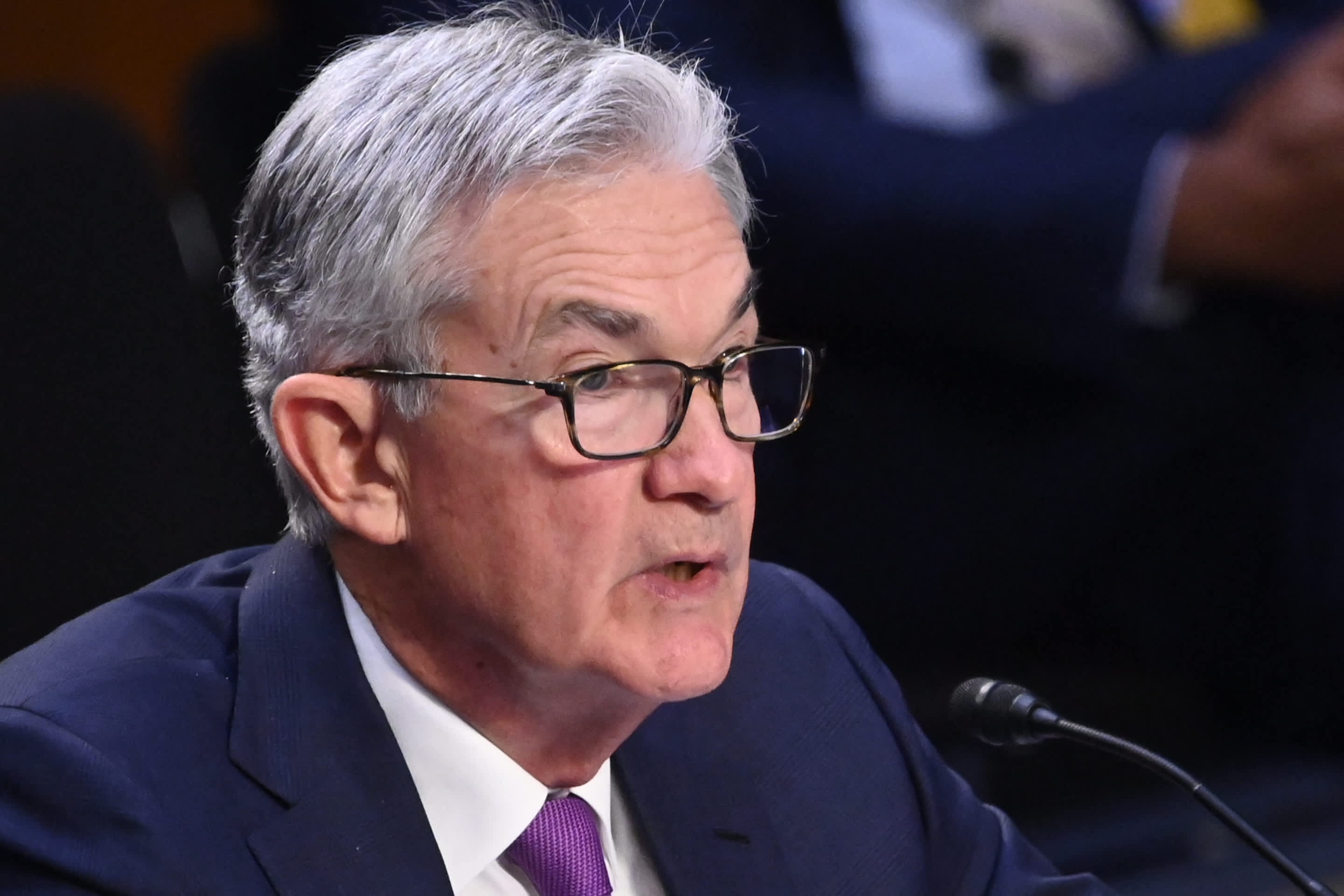The U.S. jobs market snapped back in October, with nonfarm payrolls rising more than expected while the unemployment rate fell to 4.6%, the Labor Department reported Friday.
Nonfarm payrolls increased by 531,000 for the month, compared to the Dow Jones estimate of 450,000. The unemployment rate had been expected to edge down to 4.7%.
Private payrolls were even stronger, rising 604,000 as a loss of 73,000 government jobs pulled down the headline number. October’s gains represented a sharp pickup from September, which gained 312,000 jobs after the initial Bureau of Labor Statistics estimate of 194,000 saw a substantial upward revision in Friday’s report.
The numbers helped allay concerns that rising inflation, a severe labor shortage and slowing economic growth would tamp down jobs creation.
“This is the kind of recovery we can get when we are not sidelined by a surge in Covid cases,” said Nick Bunker, economic research director at job placement site Indeed. “If this is the sort of job growth we will see in the next several months, we are on a solid path.”
The critical leisure and hospitality sector led the way, adding 164,000 as Americans ventured out to eating and drinking establishments and went on vacations again as Covid numbers fell during the month. For 2021, the sector has reclaimed 2.4 million positions lost during the pandemic.
Other sectors posting solid gains included professional and business services (100,000), manufacturing (60,000), and transportation and warehousing (54,000). Construction added 44,000 positions while health care was up 37,000 and retail added 35,000.
Wages increased 0.4% for the month, in line with estimates, but increased 4.9% on a year-over-year basis, reflecting the inflationary pressures that have intensified through the year. The average work week edged lower by one-tenth of an hour to 34.7 hours.
The unemployment rate drop came with the labor force participation rate holding steady at 61.6%, still 1.7 percentage points below its February 2020 level before the pandemic declaration. That represents just shy of 3 million fewer Americans considered part of the workforce and reflective of ongoing supply concerns.
“While the strength of employment was an encouraging sign that labor demand remains strong, labor supply remains very weak. The labor force rose by a muted 104,000, which is not even enough to even keep pace with population growth,” said Michael Pearce, senior U.S. economist at Capital Economics.
At the same time, the survey of households showed job holders rising by 359,000, leaving the employment level about 4.7 million below its pre-pandemic level.
A separate measure of unemployment that incudes discouraged workers and those holding part-time jobs for economic reasons fell to 8.3% from 8.5%. That rate was 7% prior to the pandemic.
The report comes amid heightened concerns about the state of the labor market, particularly a chronic shortage that has left companies unable to fill positions to scale back production and cut hours of operation.
Companies have been increasing wages and adding other incentives as the working share of the potential labor force operates well below its pre-pandemic level.
Since adding more than a million jobs in July, the labor market had slowed sharply through the rest of the summer, with sizeable letdowns in August and September as economists greatly overestimated growth in both months.
However, revisions showed that the numbers for those months weren’t quite as dismal. Along with the boost from September’s initial count, August’s final reading came up another 117,000 to 483,000.
Concerns linger, though, that the U.S. economy is slowing. Gross domestic product increased just 2% in the summer months, falling short of even the reduced expectations for gains during the pandemic-era recovery.
Recent data, though, has shown a progressive drop in weekly jobless claims, the result in good part from enhanced unemployment benefits expiring. Data Thursday showed productivity is running at a 40-year low and the trade deficit notched another record high, passing $80 billion for the first time.
Earlier this week, the Federal Reserve said job growth is strengthening enough for the central bank to begin cutting its monthly bond purchases, a cornerstone of its efforts to boost the economy during the pandemic. However, Chairman Jerome Powell stressed that the picture must continue to improve before the Fed starts raising interest rates.





